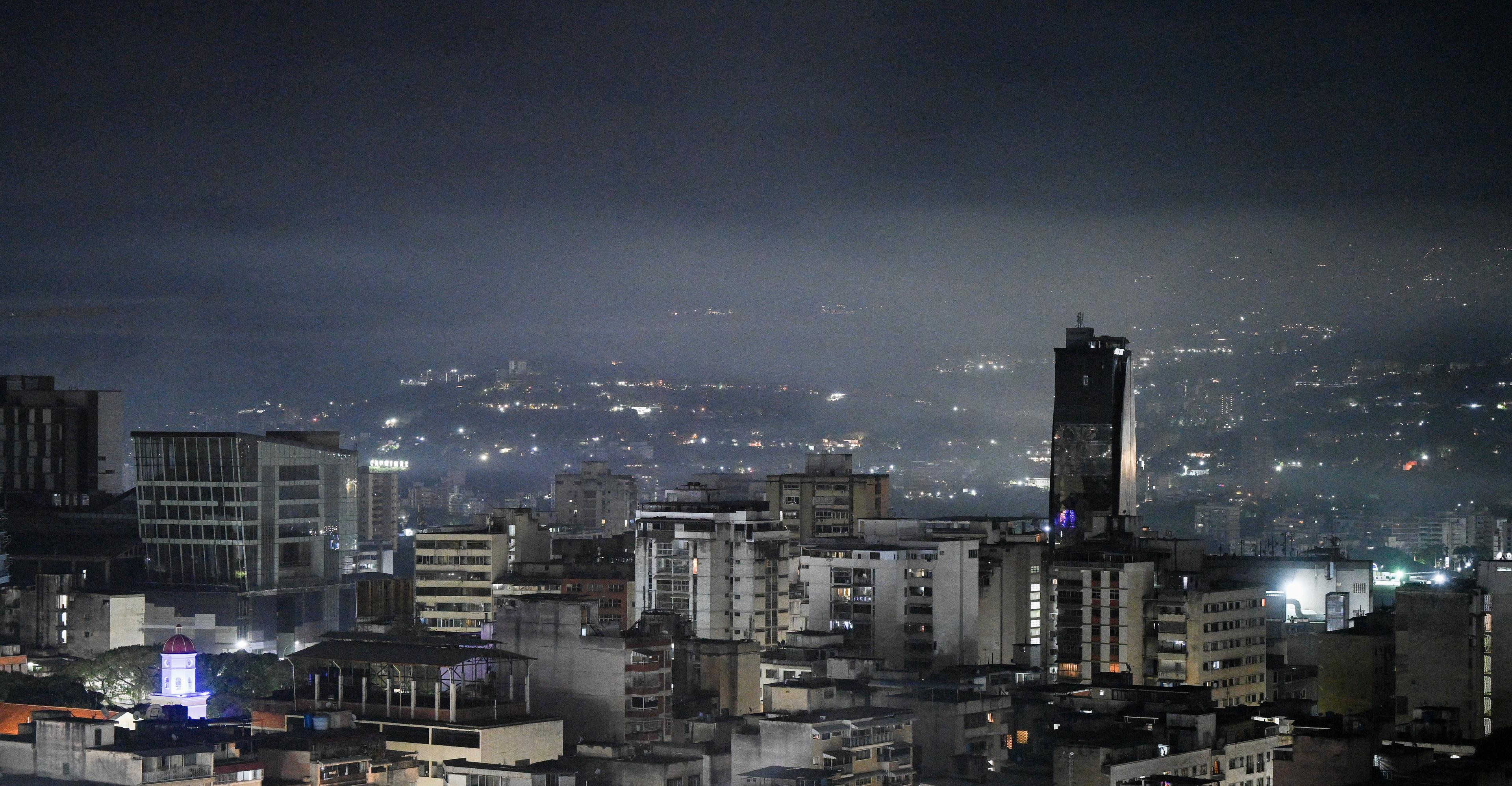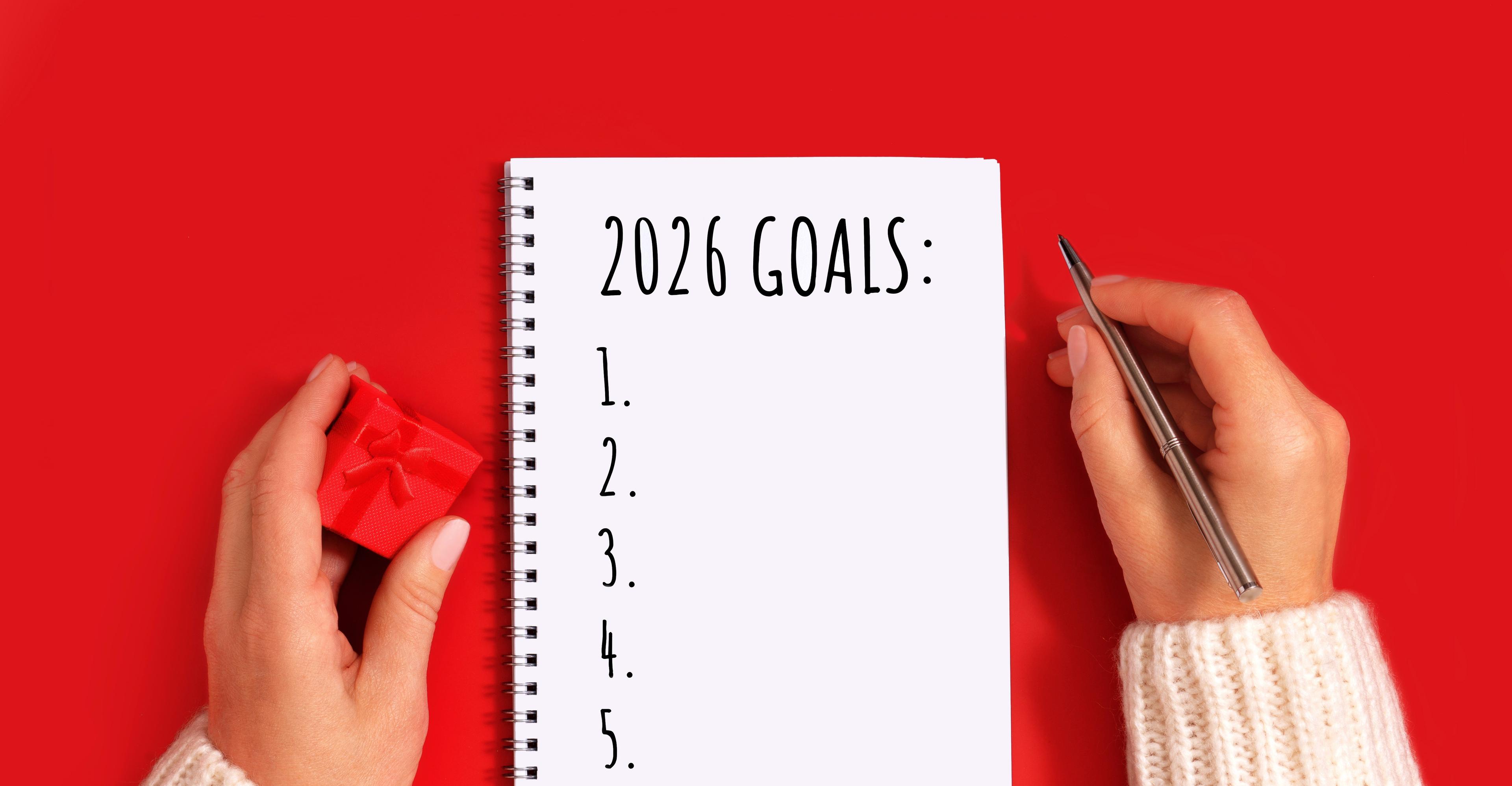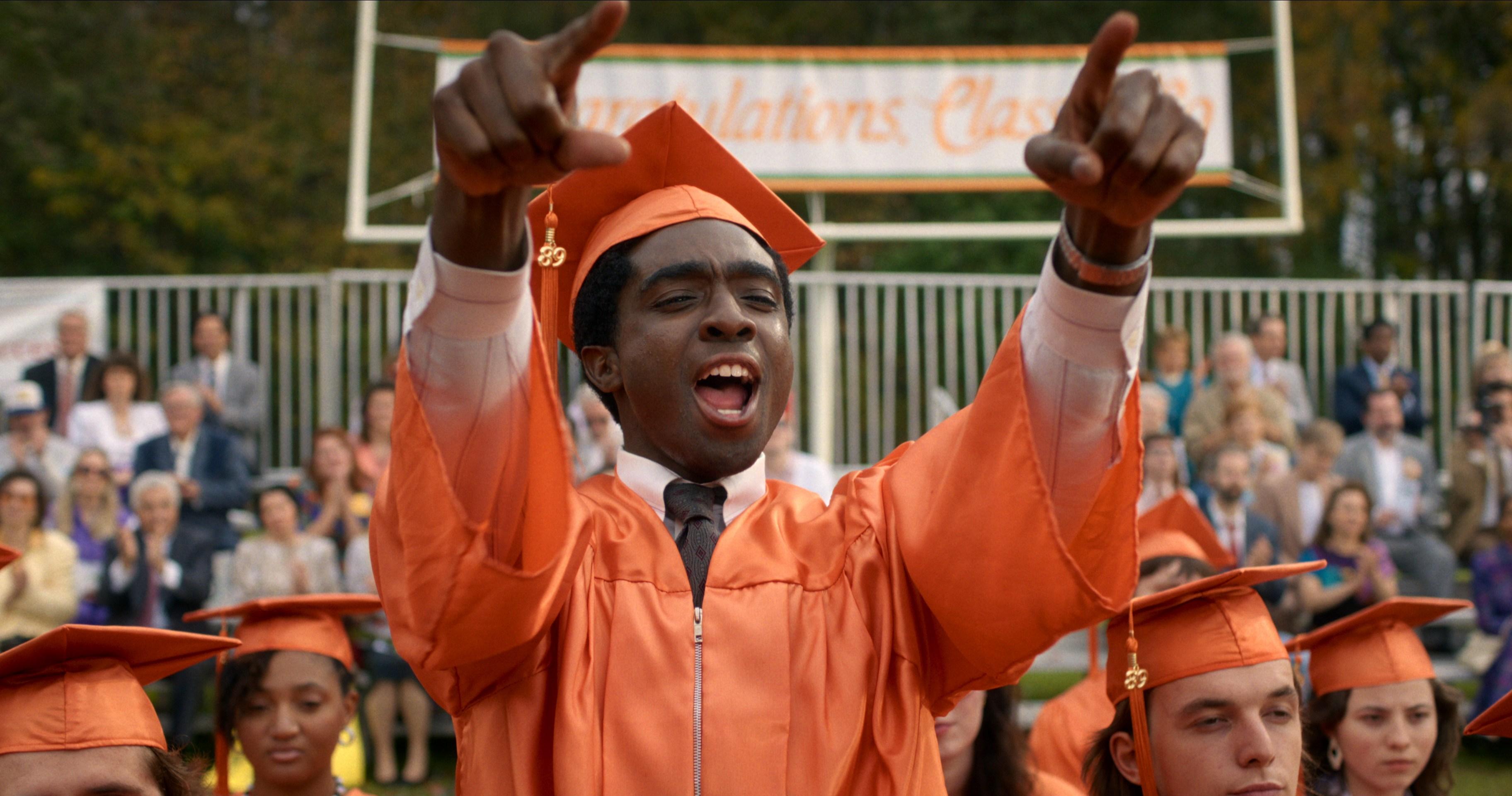On TikTok, thousands of women are panicking over a new kind of ailment. “I’m kind of scared to ask the internet this, but I need to know,” content creator @niessaxoxo_ said in a TikTok earlier this month. “Do I have blush blindness?” To understand “blush bli…

Published ایک سال قبل on اگست 1 2024، 12:00 شام
By Web Desk

On TikTok, thousands of women are panicking over a new kind of ailment. “I’m kind of scared to ask the internet this, but I need to know,” content creator @niessaxoxo_ said in a TikTok earlier this month. “Do I have blush blindness?” To understand “blush blindness,” one has to understand “eyebrow blindness,” a term coined on TikTok to describe the 2010s phenomenon of thick, overdrawn eyebrows. Last month, users began reminiscing about this era of makeup with shame and regret. Now many online makeup lovers have started to become concerned about other cosmetic trends they may be overdoing, especially the current level of pigment on their cheeks, as blush has emerged as the latest makeup craze. Now, women are debating whether they look good with bursts of red and pink spread across their cheeks and all the way to their temples or if they’re all just sheep following another viral trend. You could argue both. Since the rise of the “strawberry girl” and “cold girl” makeup over the past three years, blush has become a must-have beauty product. According to Circana, blush sales reached $462 million in the past 12 months in the US prestige makeup market, a 36 percent increase over the previous year. On Amazon, blush raked in $59 million. Numerous blush trends have emerged this year, including “boyfriend blush,” “sunset blush,” and “glazed blush.” Some consumers hope to achieve a more natural, sun-kissed flush, while others have seemingly taken inspiration from singer Sabrina Carpenter’s heavy, doll-like application — blush blindness be damned! It’s a far cry from the previous decade of beauty, when there was little to no emphasis on creating a warm, rosy visage. Over the past decade, blush was a product associated with mature women. But that perception has started to shift. “Growing up, as a millennial, there was a fear of looking like our moms who came out of the ’80s and ’90s when blush was a really big thing,” says Stephanie Peng, writer of the Beauty Unhyped newsletter. Today, Gen Z is even more likely to purchase blush than formerly reluctant millennials. Why? For one thing, blush, along with ribbons and ballet flats, has become a primary marker of the popular girlcore aesthetic. Blush provides a healthy, dewy, youthful glow. However, beauty forecasters have linked the current blush boom to something a little more rebellious and experimental than just the pursuit of youth. It might just be that blush has become the ultimate form of feminine self-expression. Blush is the new highlighter In the 2010s, it seemed as though blush was mostly an afterthought. Contouring and highlighting had finally gone mainstream after years of being practiced by drag queens. The goal was to make the face look as angular and “snatched” as possible with little to no emphasis on vibrant colors. Instead, consumers prioritized a shimmery, metallic finish with bronzers and translucent highlighters. “My makeup was definitely very bronzer-focused in my early 20s,” Peng says. “And if I did wear blush, it was very barely, super minimal and kind of glowy but didn’t have an obvious color.” Going into the 2020s, it seemed like this neutral, brassy look was here to stay, with highlighter projected to become even more popular. In February 2020, the engagement tracker Cherry Pick reported that highlighter was the product with the most consumer interest “by far.” Additionally, highlighting and brightening products were “edg[ing] out blush and bronzer completely in the cheek category.” However, the pandemic proved to be a huge disruptor in the makeup world, along with everything else. In particular, quarantining put this heavy, Kardashian-esque glam on hold as everyone seemed to prioritize the health and appearance of their natural skin. [Image: Kim Kardashian at the the 57th Annual Grammy Awards. https://platform.vox.com/wp-content/uploads/sites/2/2024/07/GettyImages-463092716_79531e.jpg?quality=90&strip=all] “No makeup” makeup had already existed as a slightly less buzzy trend in the early 2010s thanks in part to Glossier, a brand that specializes in makeup-skin-care hybrids. K-beauty had also become popular in the Western world for its skin-care-first approach. But the desire for “clean beauty” had seemingly reached new heights in the post-pandemic years, as Hailey Bieber kicked off a set of natural-looking, dewy trends (i.e. “glazed donut skin,” “latte makeup”), along with her own popular skin-care line, Rhode. One of these trends was “strawberry girl” makeup, where blush is applied to multiple points of the face, including the cheeks, the nose, the brow bone, and in some tutorials, the forehead. “Tomato girl” makeup was another iteration of this blush-heavy look, specifically designed to resemble the flush you might receive on a vacation. Gradually, though, these natural looks have become more daring. As MacKenzi Nelson, art director at the digital marketing agency Helen + Gertrude, says, they’ve inspired “more blush creativity heading into 2024.” Much like the “lipstick effect” of the 2020s, blush has emerged as a relatively affordable and collectible makeup option. The current blush craze feels largely triggered by Selena Gomez’s makeup line, Rare Beauty, which included the Soft Pinch Liquid Blush in its initial 2020 rollout. The product quickly became a viral hit for its light, creamy texture and strong pigment. Since then, other makeup companies have rolled out new blushes, emphasizing versatility and skin-like finish, including Saie, Milk Makeup, e.l.f Beauty, and Huda Beauty. Unsurprisingly, Rhode unveiled its own line of Pocket Blushes this past June. Blush-highlighter hybrids, like Charlotte Tilbury’s Pillow Talk Matte Beauty Blush wands and its Hollywood Blush and Glow palette, have become online favorites. After nearly a decade, Charlotte Tilbury, founded by the celebrity makeup artist of the same name, was able to capture the zeitgeist during the pandemic partly because of her viral tutorials. By 2023, Cosmetify ranked it the second-hottest makeup brand in terms of Google searches and social-media engagement, behind Rare Beauty. Its success seems partially linked to a “trend battle” that’s emerged since the rise of Glossier and is present in the various uses of blush: natural versus glam aesthetics. Tilbury’s shimmery blushes offer a happy medium between old Hollywood glamour and natural, skin-enhancing makeup. As a whole, the brand represents an evolution in glam by Gen Z that prioritizes dewiness and a light, sparkly finish. (Think of the minimalist but eye-popping makeup looks on Euphoria.) Still, beauty forecasters predict young consumers will crave even bolder and brighter makeup looks this year, with statement blush as a primary tool. Blush is a “natural” beauty staple, but it could be going punk again Social media has shown that blush consumers have more than just one intent when using these products. One of them, of course, is to emulate healthy, hydrated skin, with cream blush providing a skin-like, less conspicuous texture. “I think consumers are looking for makeup to enhance,” says beauty influencer Dani Nicholls. “Natural-looking blush is used in ‘clean beauty’ and ‘no-makeup makeup’ routines to give the illusion of that fresh face, like you just woke up but look put together and healthy.” Glowy, warm skin is a key sign of youth, a preoccupation that has sparked Gen Z and even Gen Alpha’s recent obsession with skin care products. Peng says youthfulness and vitality have been the main selling points of blush throughout history. It’s a product she finds herself using to combat the “general angst of getting older.” “I tend to go, ‘all right, if I add a little bit of a pink blush, this will make me look a little bit more lively and a little bit more youthful,’” she says. While our culture’s obsession with youth has become more pronounced recently, the motivations behind using blush aren’t all so gloomy. On TikTok, for example, not everyone is treating blush as some sort of gateway to youth or long-lost girlhood; they’re going for something bolder and more artistic. Take the C-shaped blush or “blush draping,” where users frame their upper faces with blush, creating the sort of dramatic, colorful visage associated with Debbie Harry, Annie Lennox, Whitney Houston, and Grace Jones in the ’80s. Layering different blush colors has also become a popular technique. Likewise, you’ll find several TikTokers rejecting the notion of “blush blindness” or the idea that blush should be applied in a subtle, natural-looking manner. “It reflects the cultural shift in ditching the ‘delicate’ expectations of women and embracing a brave self-expression for any occasion,” says Nelson from Helen + Gertrude. [Media: https://www.tiktok.com/@shanell.sorrells/video/7387183889074244906] Beauty forecasters have predicted that makeup will head in a more maximalist direction throughout the year. Some have connected this to the slow rise of the “weird girl” aesthetic that emerged in response to the “clean girl” and the ultra-pink, Barbie-core aesthetic. By contrast, the weird girl look includes bright colors, clashing patterns, and bold pops of makeup, including bright lipstick and heavy blush. In a piece for Dazed, journalist Ellen Atlanta sees parallels between this current evolution in beauty and the New Romantics movement in 1980s England. Just as these young people embraced punk and goth aesthetics as a response to Thatcherism, Atlanta sees young consumers pushing back against a political and cultural climate that promotes traditional gender roles and has stripped back rights for women. “The New Romantics 2.0 as an aesthetic subculture takes the ribbons and exaggerated blush of hyper-femininity and adds to it an engagement with politics and gender that was missing from our approach to girlcore,” she wrote. Whether or not consumers are applying blush in a socially conscious manner, it seems like young people are simply ready to experiment again and deviate from bland trends. “I think that people are also now just having fun,” says Peng. “Blush is a little bit less utilitarian than it used to be. Blush can really be a statement product in the same way that 2010s eyeshadow was a statement and experimental makeup product.” While some of the more natural-looking blush trends, like “sunset” and “sunburnt” blush, are attached to a summer aesthetic, Nelson sees consumers exploring the possibilities of blush for a long time. It’s one thing when a certain makeup routine feels dutiful, but it’s another thing when women are genuinely having fun. “I think bold blush is here to stay for now,” says Nelson. “The pendulum swing will eventually head back towards neutral looks, but with the attention that there is on a maximalist feel, and skin health, I think we’ll be seeing consumers experiment with vibrant cheeks for a bit longer.”

Shut the fridge door!
- 12 hours ago
Draymond ejected again; 'we need him,' Kerr says
- a day ago

LG’s Wallpaper OLED TV returns to CES, and it’s wafer thin
- 3 hours ago
CMC owns key drop, 49ers lament missed chances
- a day ago
Venezuela’s Machado says she hasn’t spoken to Trump since October
- 2 hours ago
Maduro arrives for first US court appearance after capture
- 20 hours ago
Palestinian embassy in UK officially inaugurated
- 20 hours ago

Marjorie Taylor Greene’s requiem for MAGA
- 10 hours ago

Politically conducive environment for terrorism exists in KP: DG ISPR
- 2 hours ago
Embiid's 1st dunk of season fires up rising Sixers
- a day ago

The new Ultraloq smart lock uses both your face and your palm to let you in
- 3 hours ago

How millennials fell out of love with the internet
- 10 hours ago
You May Like
Trending






